
Celebrating the Brilliance of Élisabeth Louise Vigée Le Brun: A Master of 18th-Century French Art


Welcome back to the stories of extraordinary women who have left their mark in history, through the Arts to Hearts Project’s ‘Women Artists From The Past Series’. This series celebrates the bravery and talent of these remarkable women who have broken barriers and defied the odds to become renowned in their respective fields. We draw inspiration from their unstoppable grit and unyielding tenacity in the face of adversity – a reminder of what can be achieved through dedication and hard work
Today, our focus is on the remarkable life of Élisabeth Louise Vigée Le Brun, a woman whose life and art continue to captivate and inspire. Élisabeth was a revolutionary artist, akin to a breath of fresh air blowing through the art world of her time. Unafraid to deviate from convention and experiment with bold new techniques, she dared to challenge the status quo and challenge the limits of what art could be.
Élisabeth Louise Vigée Le Brun – A Towering Figure in 18th Century French Art
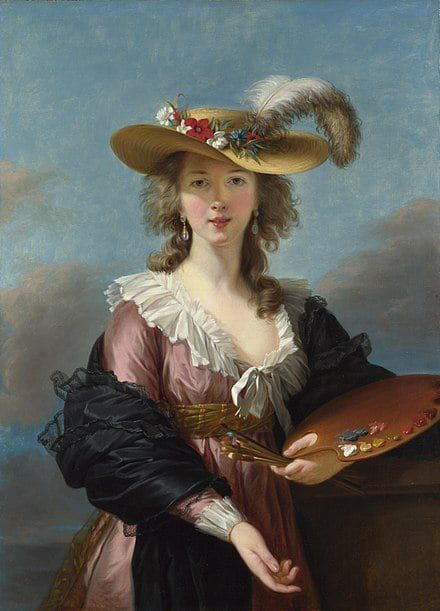
Élisabeth Louise Vigée Le Brun (1755–1842) was a prominent French painter and portraitist of the 18th century. She is celebrated for her spectacular depictions of royal figures and aristocracy, as well as her skillful self-portraits. Her works are held in collections around the world, with some even occupying a space at The Louvre Museum in Paris.
Early Life and Education
Vigée Le Brun was born in Paris, France to Louis Vigée, a portrait painter and hairdresser, and his wife Jeanne Maissin. She had an early interest in art – her father taught her the fundamentals of painting from a young age and she went on to study under renowned painters such as Gabriel Jacques de Saint-Aubin and Joseph Vernet.

Career as an Artist
In 1774, Vigée Le Brun exhibited at the Salon de la Correspondance (now known as Salon des Merveilles). This was extremely significant for women artists at this time; it marked the first time that a female artist had been recognized by the Royal Academy of Painting and Sculpture after centuries of male domination. From then on, she quickly gained recognition for her skillful portraiture that captured lifelike emotions.
Many revered members of society commissioned their portraits to be painted by Vigée Le Brun, such as Marie Antoinette, Josephine Bonaparte, Empress Maria Feodorovna of Russia, and Italian Princess Marianne von Windisch-Graetz.
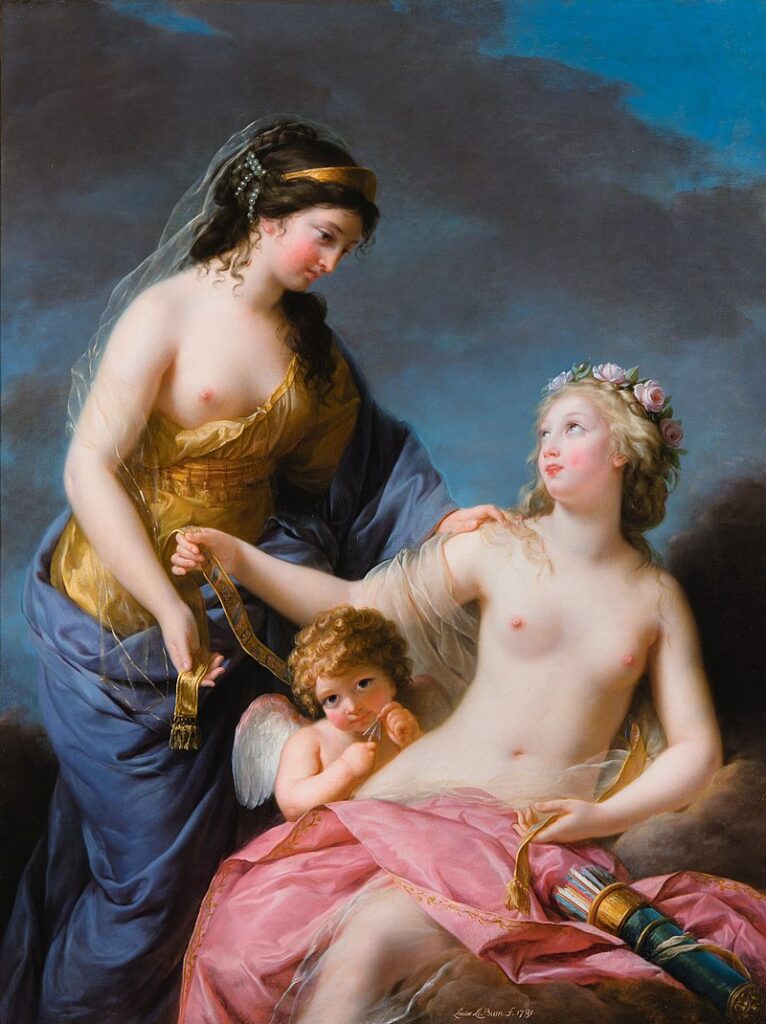
Exile from France
Unfortunately due to the French Revolution in 1789, Vigée Le Brun’s status as court painter for Queen Marie Antoinette made her a target for persecution by revolutionaries. As such, she was forced into exile after being accused of treasonous activities against France. During this period she traveled extensively throughout Europe painting many influential figures such as Empress Catherine II of Russia and Pope Pius VII while also teaching private students along the way.
Return to Paris & Later Years
In 1802 after Napoleon Bonaparte had seized power in France following the Revolution he invited Vigée Le Brun back to Paris where she became his official portraitist – earning much respect from Napoleon himself who greatly admired her work. Towards the end of her career, she received more international acclaim receiving many awards including Officer d’Academie from Milan’s Academy of Fine Arts in Italy before retiring back home in Paris where she passed away peacefully at 87 years old in 1842.
Legacy Élisabeth Louise Vigées For The Artists of Today
Although Élisabeth Louise Vigées’s life ended almost two hundred years ago, she has left behind one of history’s most remarkable legacies – not only for female artistry but for artistic expression overall. By pushing past boundaries set by the society she served as an inspiration to countless generations that followed paving way for future female artists to gain recognition within the industry both during her lifetime and beyond it today.
As one can see through countless reviews across museums housing some of the most famous pieces all over the world, it is clear that Élisabeth Louise’s legacy continues to live on forever through the timelessness of art itself.
Throughout her life Élisabeth Louise Vigées impact on artistry was undeniable, proving that with hard work, dedication, talent, and determination one could always overcome adversity regardless of gender or any other social boundaries set forth by society. Ultimately, Élisabeths story serves as a reminder that nothing is impossible given the right amount of belief and faith effort put towards achieving goals and dreams.
So this was all from today’s women from the past series and if you are interested in learning more about the inspiring lives of women artists from the past then you will love our article about Alma Thomas, Artemisia Lomi, and many more on our website.
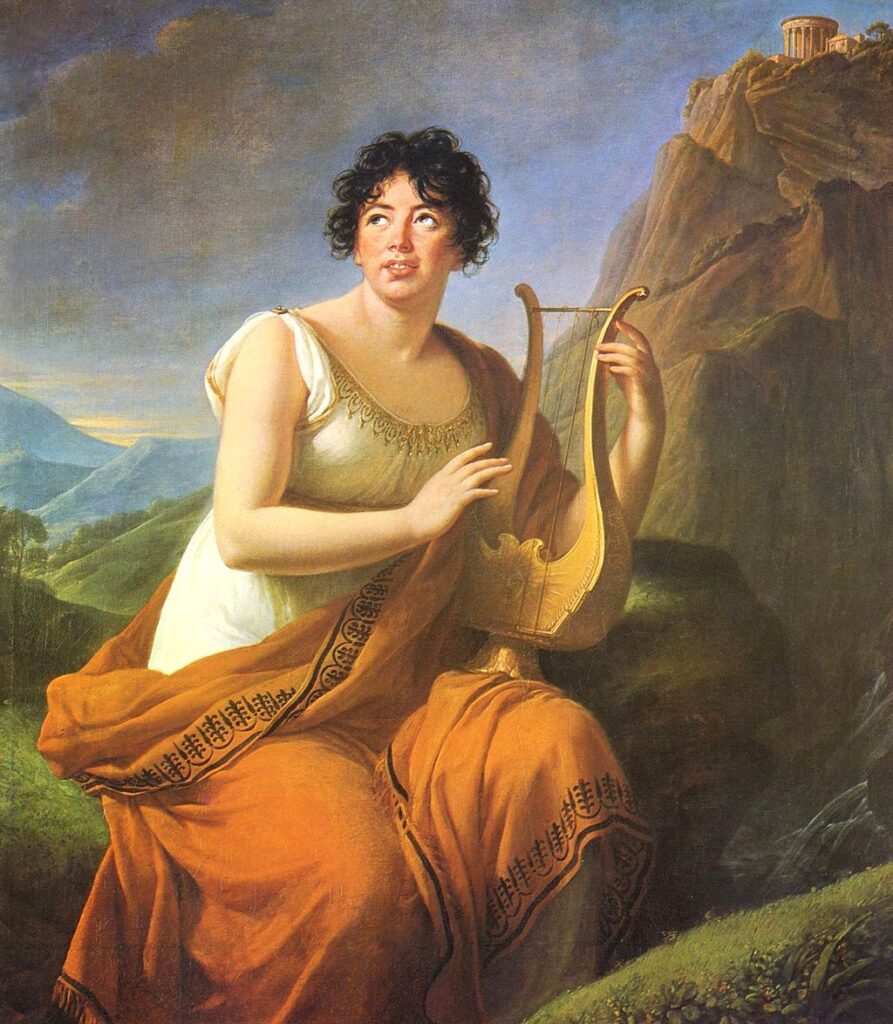
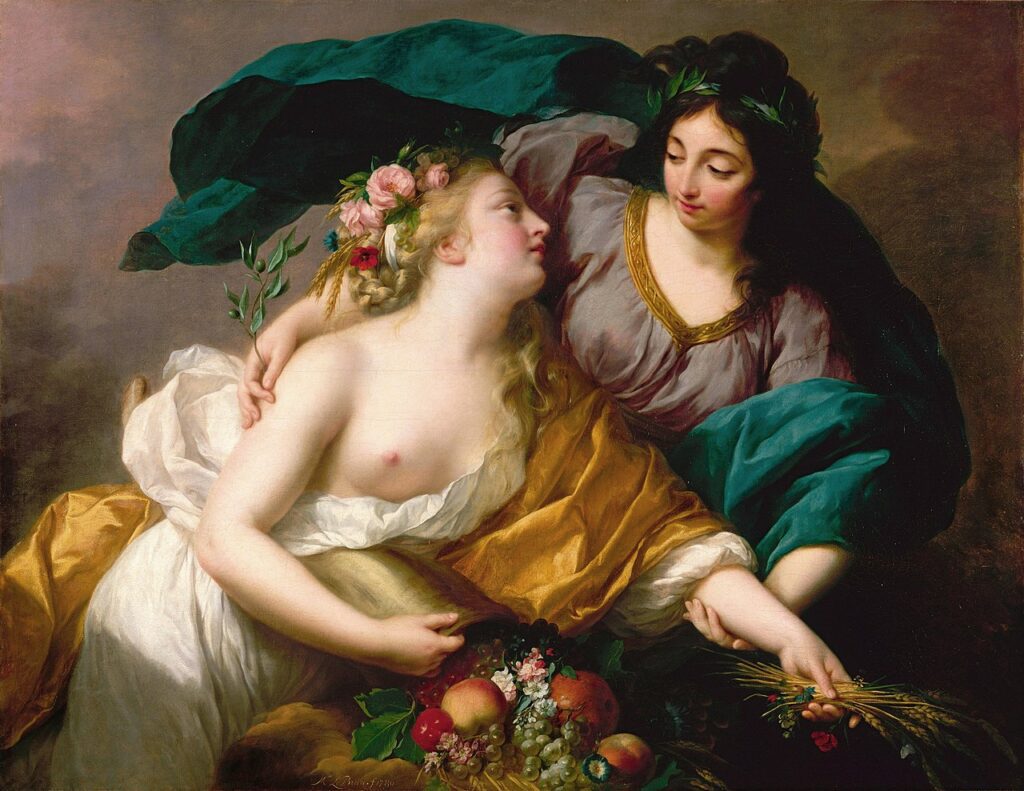
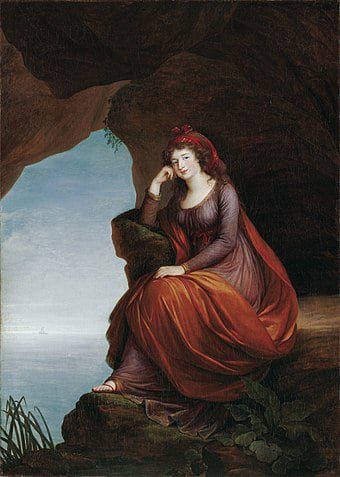
These women have left a lasting legacy through their remarkable works of art. From their innovative use of form and color to their powerful messages, these women have used art as an outlet to share their stories and perspectives. They have paved the way for other women artists to thrive and create beautiful works of art.
So, if you’re looking for some inspiration and want to learn more about the inspiring lives of women artists from the past, then you’ve come to the right place. We’d love to hear from you if you have any favorite artists from the past that you would like us to feature. Just reach out to us at info@artstoheartsprojet.com.
Until then, keep creating the magic that you do, and have a fantastic week ahead!
Image Source:
https://en.wikipedia.org/wiki/%C3%89lisabeth_Vig%C3%A9e_Le_Brun












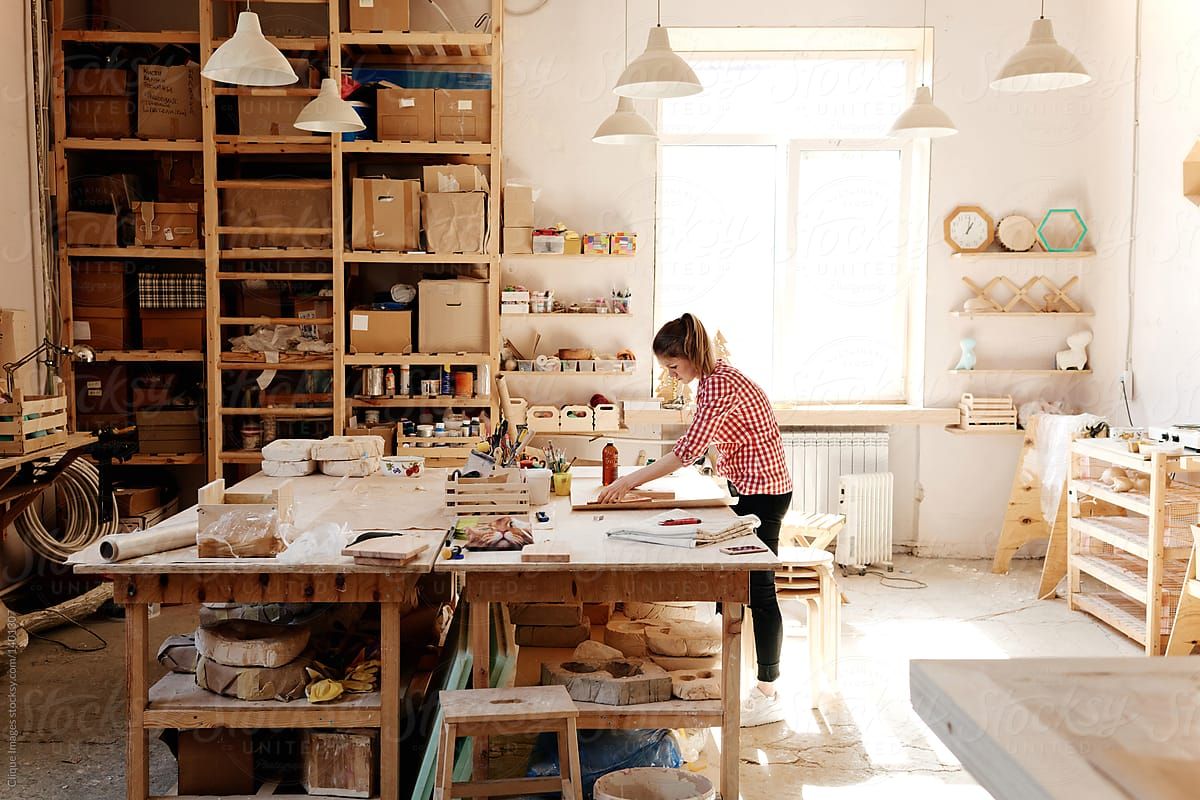




Comments 13